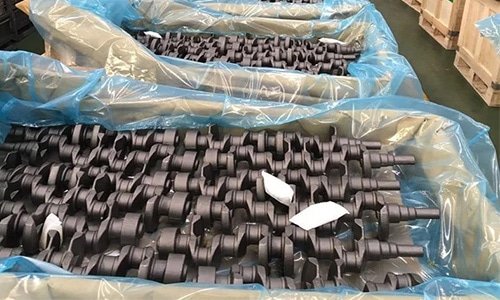The automobile anti-rust packaging process mainly includes three parts, namely the anti-rust between the processes, the anti-rust packaging of automobile parts, and the anti-rust protection of the whole vehicle.
The rust prevention between processes must ensure that the metal workpieces are produced without rust during the manufacturing process, that is, to ensure that the parts in each processing process do not rust during a series of processes such as assembly and packaging.
At the same time, the method used should be simple, practical, and easy to remove without affecting the processing quality of the next procedure.


The anti-rust packaging of automobile parts is based on the material, size, shape, storage, and transportation environment of the parts and assembly parts.
It should be noted that the anti-rust protection material should be compatible with the metal being protected: parts with complex shapes generally do not use anti-rust materials with solvents, VCI gas-phase anti-rust bags, VCI gas-phase anti-rust films, and VCI gas-phase anti-rust paper package.
Anti-corrosion protection of the whole vehicle: Due to the use of cathodic electrophoretic coating technology in automobile manufacturing, the anti-corrosion ability of the car is greatly improved, but in high humidity areas and when the temperature difference of the environment changes greatly, water molecules in the air tend the metal surface condenses into a water film.
Corrosion will occur in the welding gaps, interlayers, cavities, door hinges, and other parts of the car where the air is not easy to circulate. Therefore, anti-rust protection is required.




